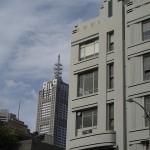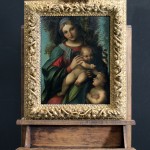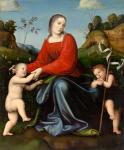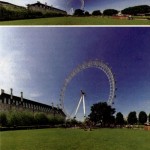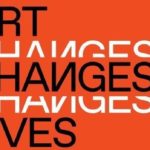
For the first time that I can remember Arts Funding has been a Federal Election issue (this article from Ben Eltham is a reminder that arts and culture barely rated a mention in 2013). This year there have been stories every week and we even saw a National Arts Debate between representatives of each major party. There wre a number of other forums where politicians, artists and others discussed the many issues surrounding arts funding and making a living in the arts. Although arts funding has no doubt been foremost in many of our minds, the fact that the Coalition has not released an arts policy suggests it is hardly foremost in their minds. It is also unfortunate that the reason it has turned into an issue is not because our potential leaders have broad and expansive visions for the arts…


